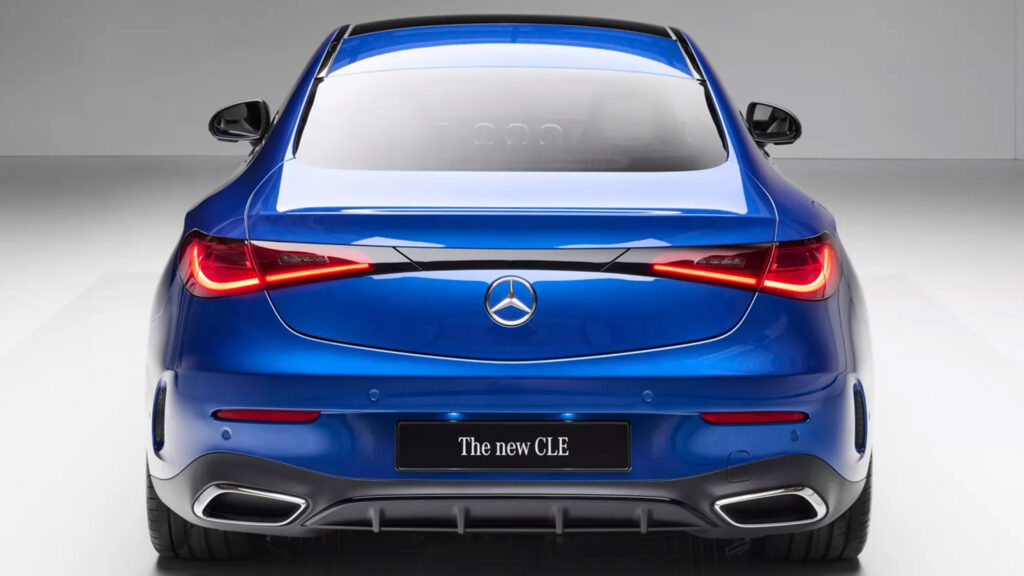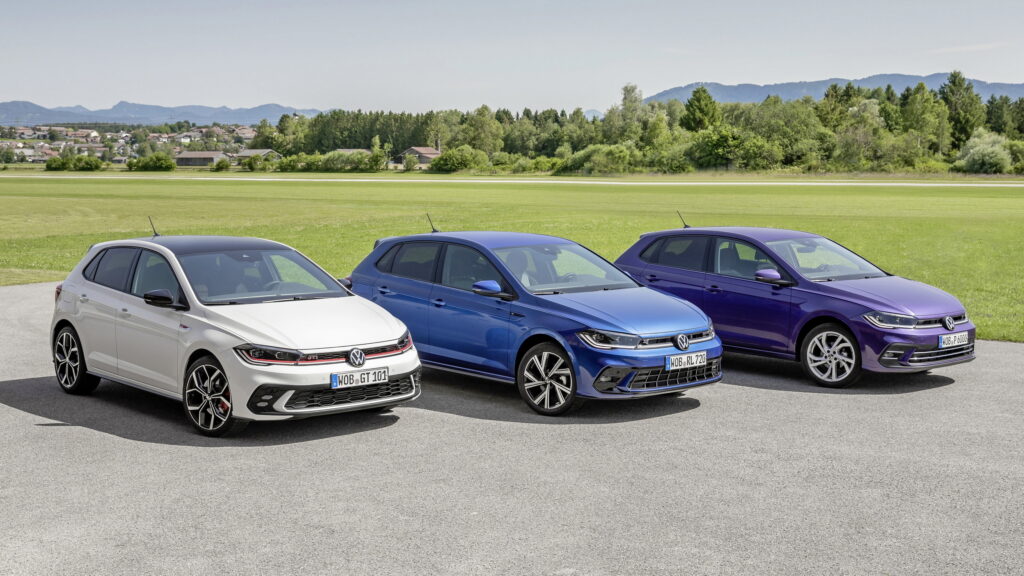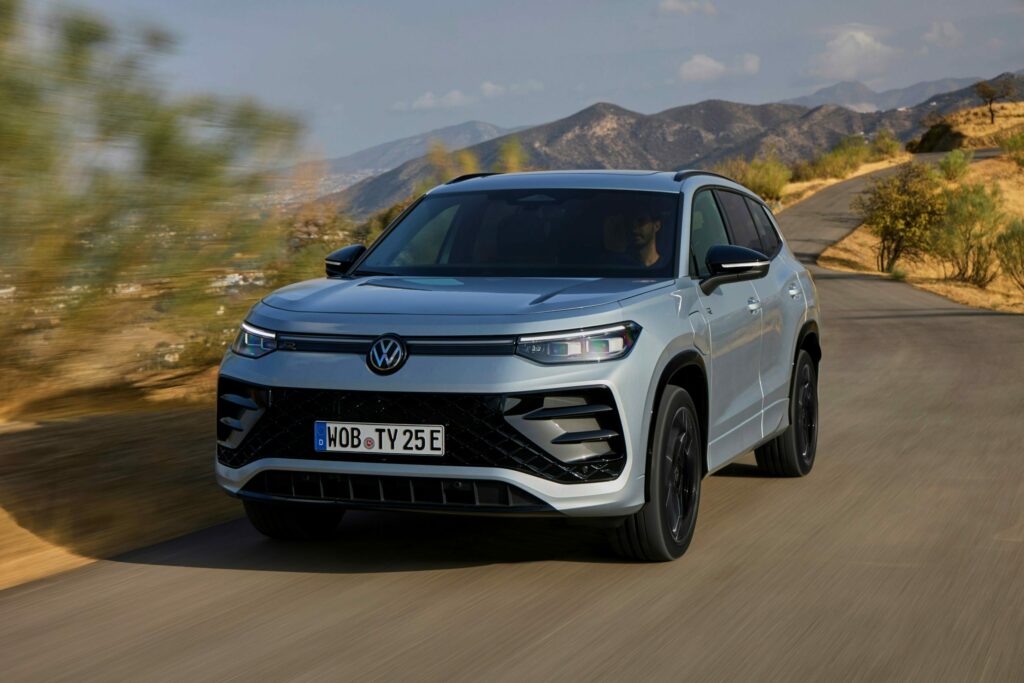Emission Rules Ease

There’s been some buzz in Europe lately about how tough car emission standards can really be. Originally, European car makers were supposed to slash CO2 emissions by 15% from their 2021 levels by 2025. That’s no small task; the industry argued this could amount to a hefty $16.8 billion in penalties, with fines of around $107 for every gram of CO2 that overshoots the mark.
But here’s the scoop: the European Union decided to soften things up a bit following intense lobbying from some big auto players. Instead of hitting that 2025 target, emissions will now get averaged out over 2025, 2026, and 2027. It looks like 458 members in the European Parliament thought this was the right call, outvoting the 101 who were against it, with 14 sitting on the fence.
The Industry Impact

The automotive world is welcoming this news, particularly amidst the competitive heat from Chinese car manufacturers. European brands have a wider time frame now to ramp up their production of electric vehicles (EVs) while they keep their internal combustion engine (ICE) cars in the mix. It’s hoped this rule change gives them some breathing room to innovate without rushing the EV rollout.
However, not everyone is on board with this relaxed approach. Organizations like Transport & Environment worry that car makers might ease off their EV launches just when these vehicles are beginning to see a surge in sales popularity. It looks like there’s a feeling that this move could effectively slow down the EV revolution when instead it should be kicking into higher gear.
The Bigger Picture

This regulatory shift isn’t just an internal European affair; it has global ripple effects. Europe’s car industry is a powerhouse, and these emissions standards adjustments echo beyond their borders, affecting strategies and market decisions worldwide. For American vehicle enthusiasts trying to understand the automotive landscape, these shifts emphasize the balancing act between embracing innovation like electric driving while also maximizing current resources.
For those watching from the driver’s seat, it’s a fascinating time in the car world, with everyone trying to swerve in the right direction. Whether it’s the more immediate impact on European markets or the broader implications for international automakers, how these emission standards are handled today could steer the future of automotive innovation as a whole.
Tariff Talks Shift
2026 RAV4 Revealed
2025 Daihatsu Move
Corvette EX87 Auctioned
Retro Sports Car Unveiled